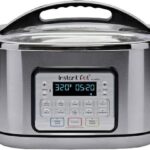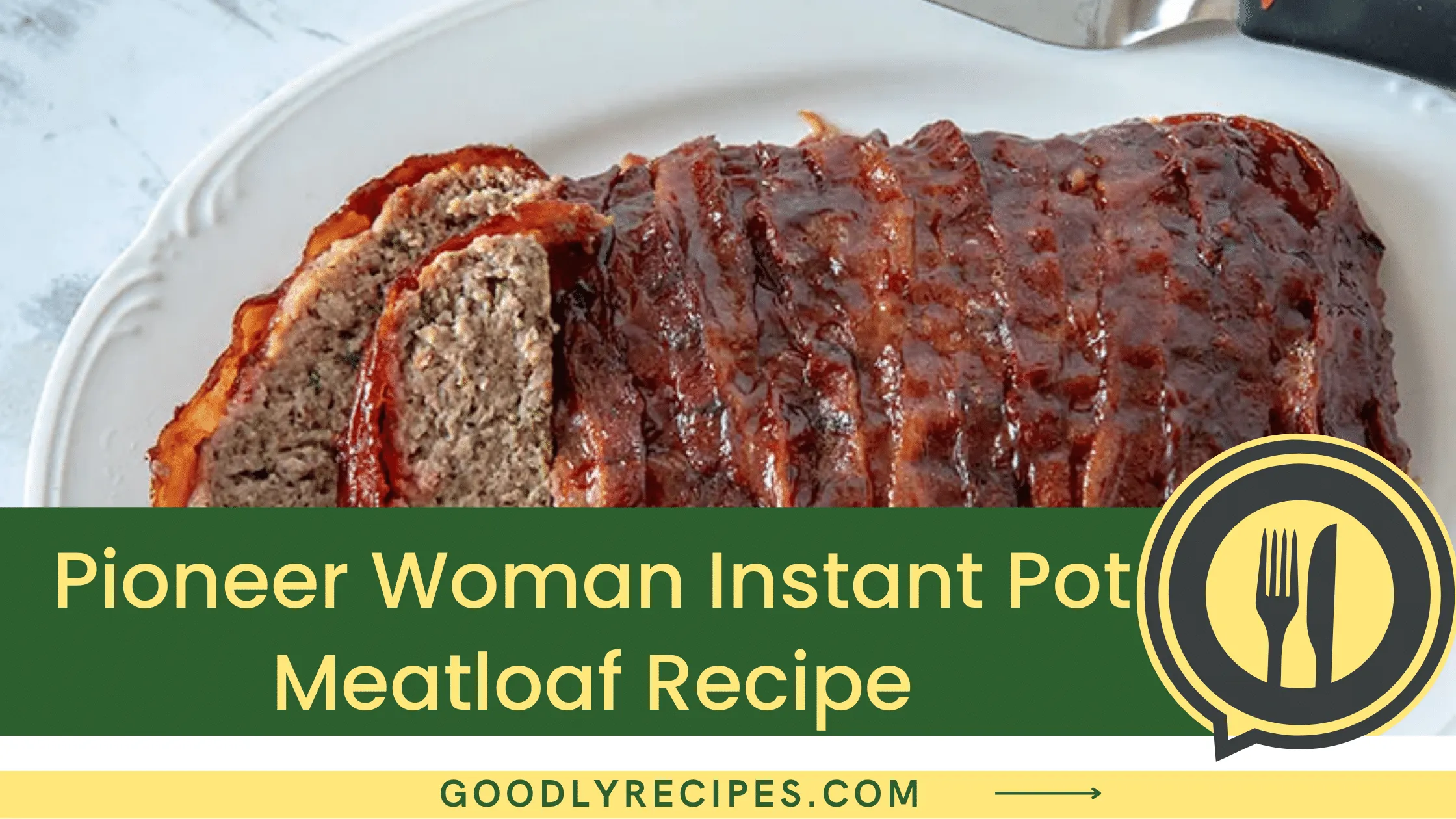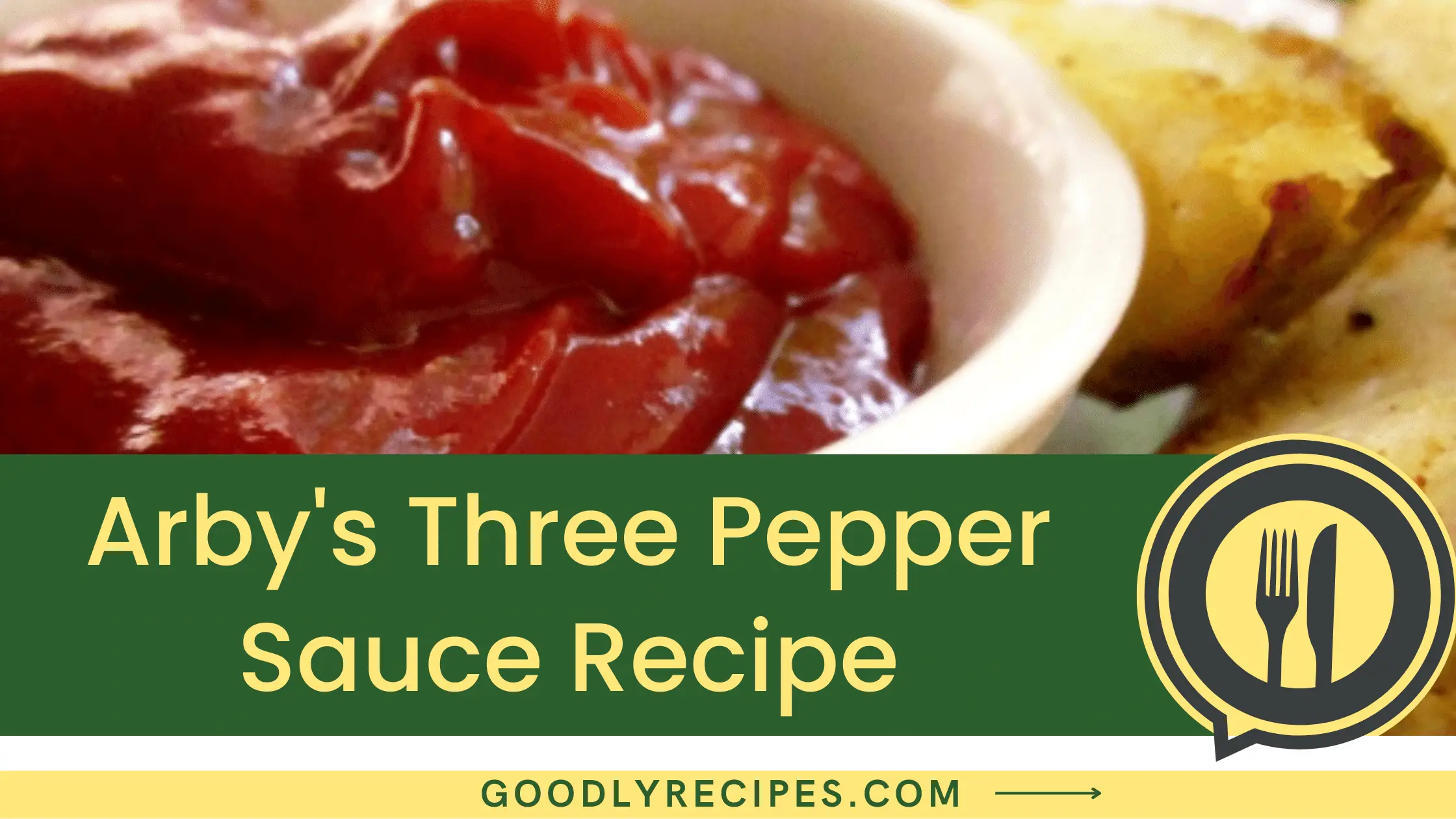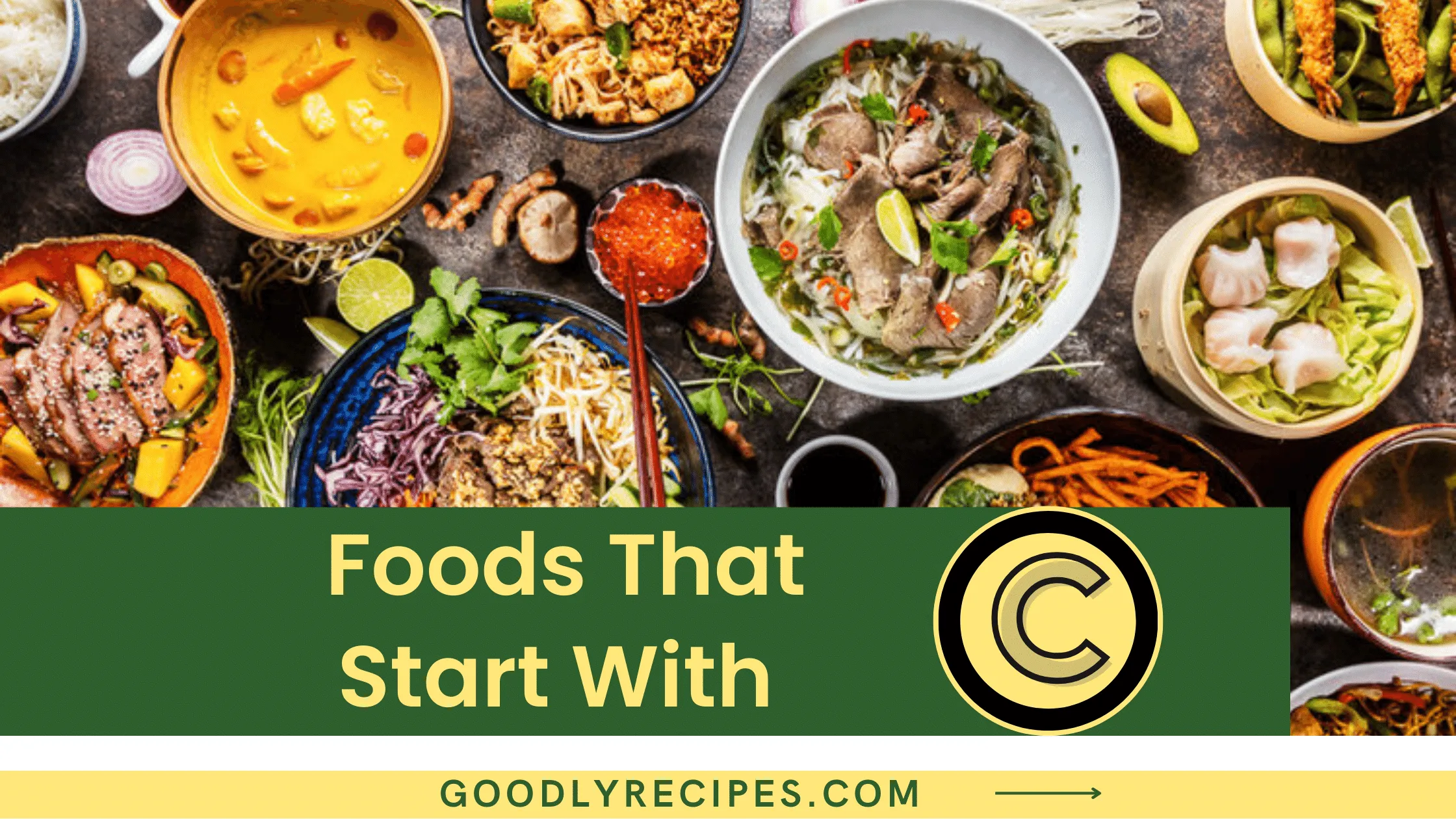Everyone knows that steaming food is a healthier option, right? Well, maybe not. In this blog post, we will explore the advantages and disadvantages of steaming food. From preserving nutrients to removing toxins, read on to learn all you need to know about this popular cooking method.
What is Steaming?
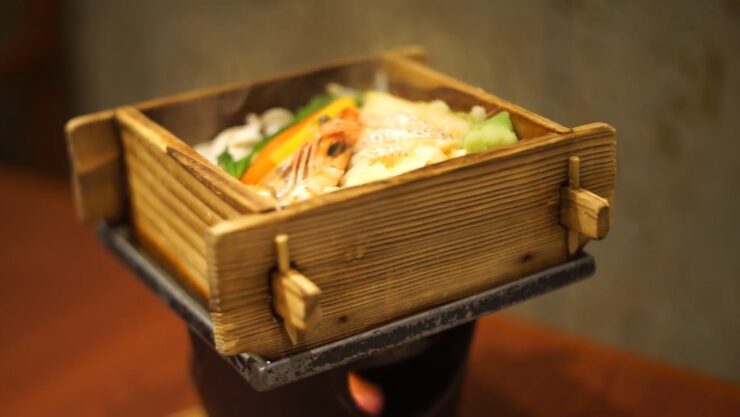
Steaming is a cooking method that uses steam to cook food. The food is placed in a sealed container and placed over a pot of boiling water, where the steam cooks the food.
Types of Steaming
There are three types of steaming: continuous, intermittent and quick. Continuous steaming is when the food is placed in a sealed vessel and left to cook at a consistent temperature. In contrast, intermittent steaming occurs when the food is first put into the water and then removed for intervals of time, usually 30 seconds to two minutes, before being replaced again. Quick steaming involves quickly bringing water to a boil before adding the food and then reducing the heat to a simmer.
Advantages
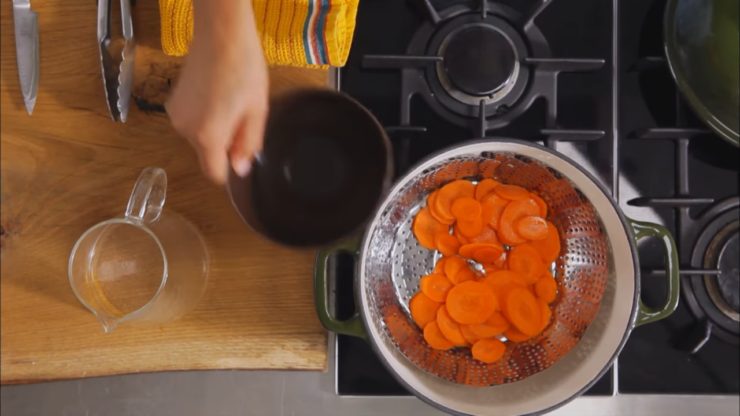
Here are some of the main advantages of steaming food:
- Steamed foods are healthier than cooked in a pan. They don’t contain any unhealthy fats or oils and they have few if any calories. In fact, steamed foods are one of the healthiest ways to cook because they retain more vitamins, minerals, and antioxidants than cooking over a gas flame.
- They are low in sodium. Since sodium is added to many processed foods, including canned goods, it’s important to watch your intake of sodium if you want to keep your blood pressure under control and avoid heart disease. By cooking with steam instead of using salt, you can reduce the amount of sodium in your meals by up to 50%.
- These foods are easy to prepare. You don’t need any special equipment or skills; just place ingredients into a steamer basket and turn it on. Plus, steamed foods take less time to cook than other methods such as boiling or frying. This makes them ideal for busy people who want quick and easy meals without having to slave over a stovetop all day long!
- Steamed foods taste good even when they’re not dressed up with sauces or toppings.
- They are generally less expensive than oven or stovetop cooking methods.-They’re easy to clean up because there’s little odors or leftover messes.
Disadvantages
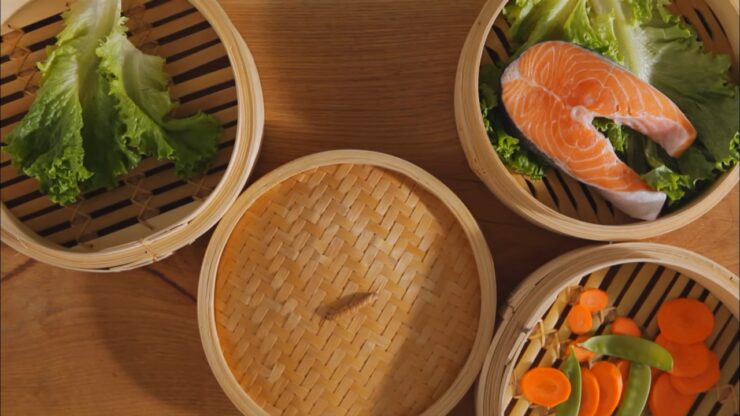
One disadvantage of steaming food is that it can take longer to cook than other cooking methods. This is because the water in the steam pot needs time to reach a boil and cook the food.
Another one is that it can create moisture retention. This means that if you steamed something with a high moisture content, like vegetables or fruits, the food will be wet when it’s finished. Moisture retention can lead to bacterial growth and spoil your food.
Also, steaming may not be the best option for delicate foods or those that need to be cooked quickly, like proteins or starches. Because steam cooks food from the inside out, delicate foods can easily become overcooked or dried out if cooked at a high temperature on a steam cooker.
How to Steam Food
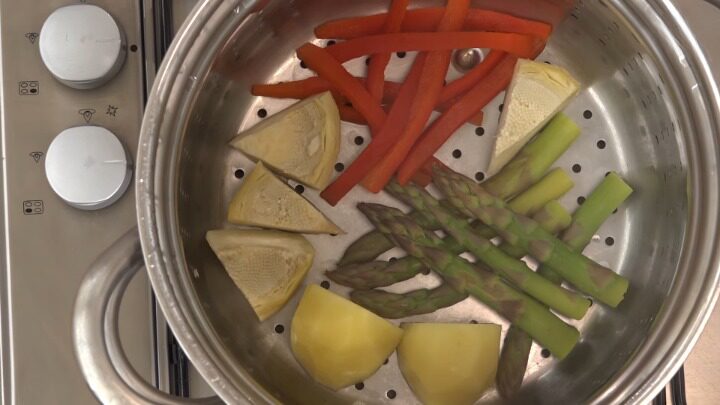
When it comes to cooking food, steam is a great way to get that delicious flavor without all the fuss. There are many different ways to steam food, and each has its own set of advantages and disadvantages. This guide will outline the three most common methods: using a stovetop steamer, using an oven liner, and using an instant pot.
Stovetop steamer: This is probably the simplest method of steaming food, as all you need is a pot with a tight-fitting lid and some water. Simply put your food in the pot, place the pot on the stove over high heat, and wait for it to come to a boil. Once it’s boiling, reduce the heat to low and let it simmer for approximately 10 minutes or until the food is cooked through.
-
Oven liner:
If you’re looking for something more complex than a stovetop steamer, then an oven liner might be your best option. They come in two varieties: disposable (which can be easily replaced) or reusable (which can be washed). The main difference between them is that disposable oven liners are designed to fit inside your oven’s baking sheet, while reusable ones have tabs that you place over the slots in your oven’s baking sheet so that they form a seal. A key advantage of using an oven liner is that it allows you to cook multiple items at once—just put them all on the liner and forget about them!
-
Instant pot:
If you’re in a hurry, then an instant pot might be the best option for you. Instant pots are incredibly versatile and can be used to cook everything from soups to stews to rice. They also have multiple settings that allow you to customize your cooking experience, from slow cookers to pressure cookers.
Tips for Perfect Steamed Food
Here are a few tips to help you make the most of your steamed food experience:
1. Choose the Right Steamer
There are many different types of steamers on the market, so it can be hard to decide which one to buy. The most important thing to consider is how much space you have available. If you have limited counter space, a small steamer may be best for you. On the other hand, if you have plenty of counter space, a large steamer may be more ideal.
2. Fill Your Steamer With Fresh Water
Make sure to fill your steamer with fresh water before starting cooking. This will ensure that your food cooks evenly and doesn’t end up with dried out areas.
3. Place Your Food in the Steamer
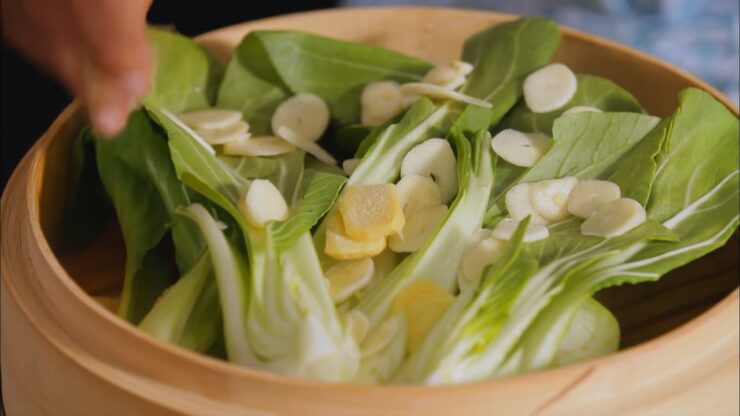
Once you’ve filled your steamer with fresh water, place your food items inside. Be sure to cover them completely with water so that they cook evenly.
4. Set Your Steamer’s Temperature
After placing your food inside the steamer, set its temperature according to your preference. Some people prefer their food to cook slowly and gently; others might like their food cooked quickly and evenly. It all depends on what type of person you are!
5. Check on Your Food Every so Often
Once your food is cooked to your desired level, carefully remove it from the steamer and enjoy! If you notice that the food is starting to look dry or overcooked, give it another few minutes in the steamer.


